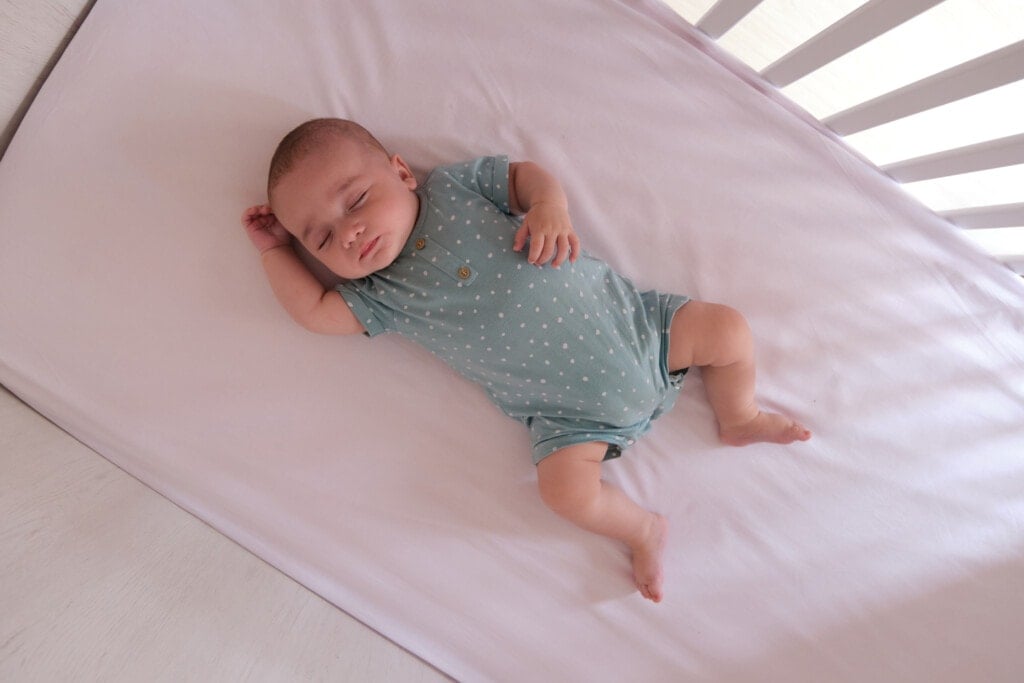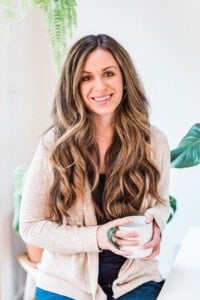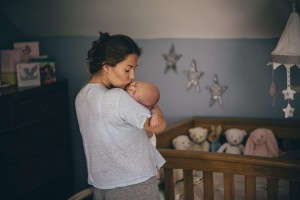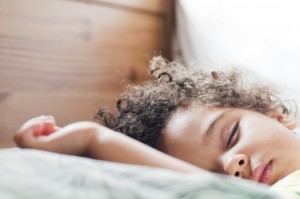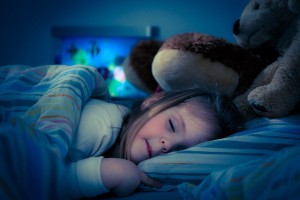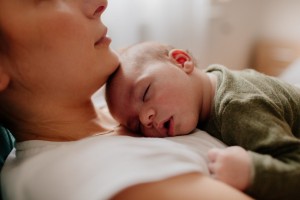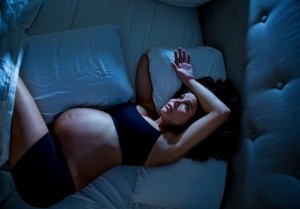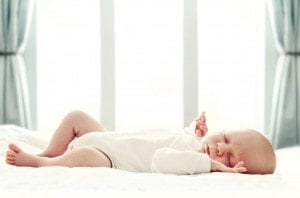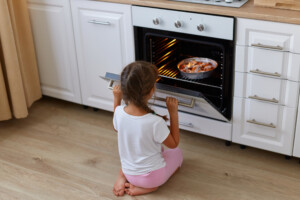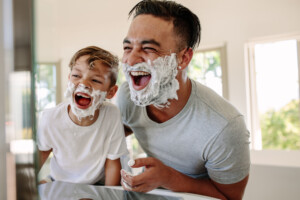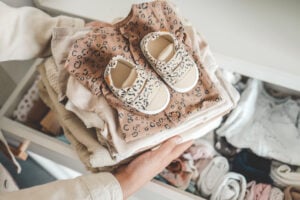Whether you’re a mom or dad-to-be or currently navigating life with a newborn, safe sleeping—and getting more of it—have likely been on your radar. This makes learning more about the American Academy of Pediatrics updated safe sleep guidelines essential for your infant’s safety.
Let’s take a closer look at what safe sleep looks like for your baby.
Updated Safe Sleep Guidelines
After years of lobbying for reform that would lead to safer sleep for infants, the AAP is celebrating a new victory with the U.S. Senate passing and the president signing the Safe Sleep for Babies Act.1 The law bans items like crib bumpers and inclined sleepers from the market. Parents who believe these items are there to protect their children may be surprised to learn of these updates.
Crib Bumpers
According to the American Academy of Pediatrics, crib bumpers are unnecessary and can lead to suffocation and entrapment, the same hazards they were intended to prevent.2 Parents utilize these bumpers to keep their babies from fitting their heads between the crib slats.
In a statement, Dr. Moira Szilagyi, president of the AAP, said, “Despite what the science shows, crib bumpers and inclined sleepers have remained on the market and store shelves, misleading parents into thinking they are safe and leading to dozens of preventable infant deaths. No family should ever experience this tragedy.”
These bumpers are no longer necessary with modern standards for crib manufacturing, where standard slats are about 2 3/8 inches wide. However, if your baby bangs their head on the crib, you can move them to a pack-and-play or a playard.3
Inclined Sleepers
Inclined sleepers are also a suffocation risk.4 By propping the baby up at an angle greater than 10 degrees, their position in the sleeper may restrict the airway. Alternatively, the angle allows the child to roll out and suffocate. Experts advise that infants should sleep flat on their backs on a firm mattress without bedding.
Weighted Sleep Products
The official stance on weighted sleep sacks, blankets, and clothing by the AAP is that they are not recommended.7 The organization notes that there is no evidence that these products reduce the chances of Sudden Infant Death Syndrome (SIDS) Sudden Infant Death Syndrome (SIDS).
Moreover, they can increase the likelihood of suffocation if a baby rolls onto their belly and can’t roll back over. The extra weight can make this particularly difficult for babies to learn these skills.
Hats Indoors
There is no doubt little hats are adorable, but the AAP found that they lead to overheating for your little one, which can increase the chances of SIDS. The AAP recommends parents do not use these hats indoors after the first few hours following the birth or inside the NICU.5,6
If Your Baby Sleeps in a Bouncer, Rocker, or at an Incline . . .
When parents realize the dangers associated with sleeping in a bouncer, rocker, or inclined sleeper, stress is often the first emotion that follows. Many parents rely on these items to get a break from bouncing, rocking, and holding their infant while sleeping. How can you convince your baby to get a great night of safe sleep without using these items?
We get it. If the only place your baby sleeps is in an inclined sleeper, it’s hard to change it.
One reason parents prop their babies in an inclined sleeper is that they may have reflux. This causes them to struggle to sleep flat on their back. The solution may be holding your baby for one or two naps daily.
You may also have success by simply holding your baby and rocking them until they are tired. You can minimize the impact of reflux by keeping them in a more upright position as they fall asleep. Or you can put them on a firm, flat surface for a nap once they’re about to fall asleep.
It can also be helpful to teach them to roll over by practicing more tummy time during the day.
Getting a Good, Safe Sleep
In her statement, AAP President Dr. Szilagyi calls the latest reform on sleep products by Congress “a true game changer when it comes to protecting infants from products that have no place in a safe sleep environment.” While some of these new guidelines may be inconvenient for parents, they are truly there for your baby’s safety to minimize the risk of suffocation and SIDS.
The updated safe sleep guidelines from the AAP aim to make sleeping for our little ones much safer. However, finding the right solution can be stressful if you rely on some of these products. After all, a tired baby equals an exhausted parent.
Consider talking to a sleep expert. They can help you learn techniques to help you and your baby get those much-needed Z’s. . . safely.













